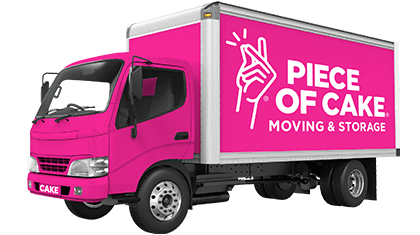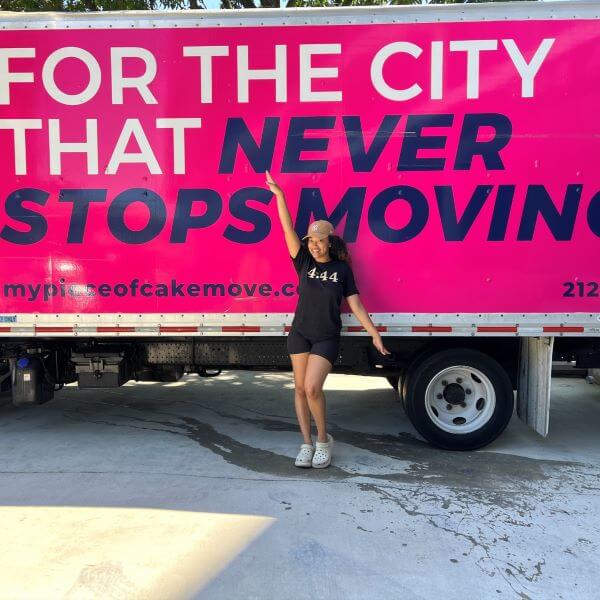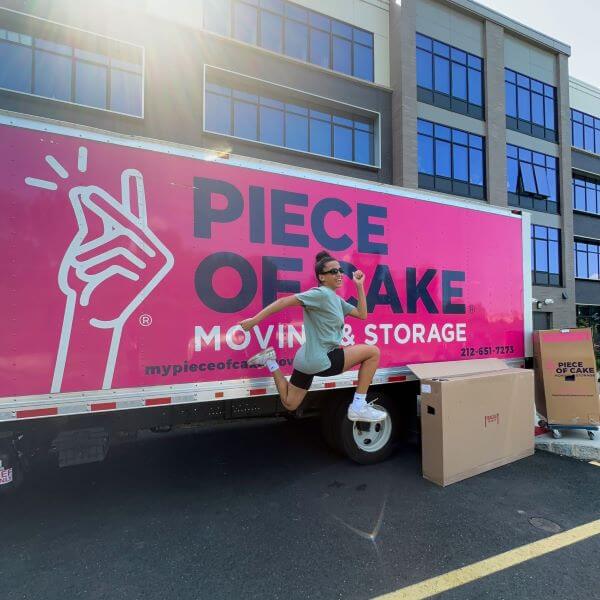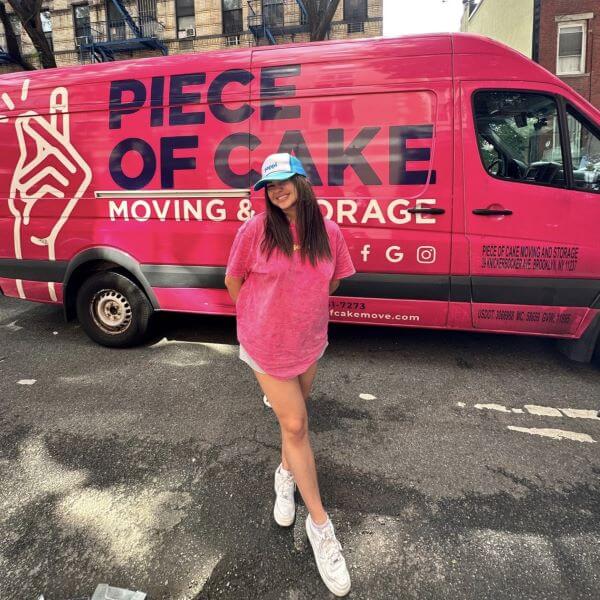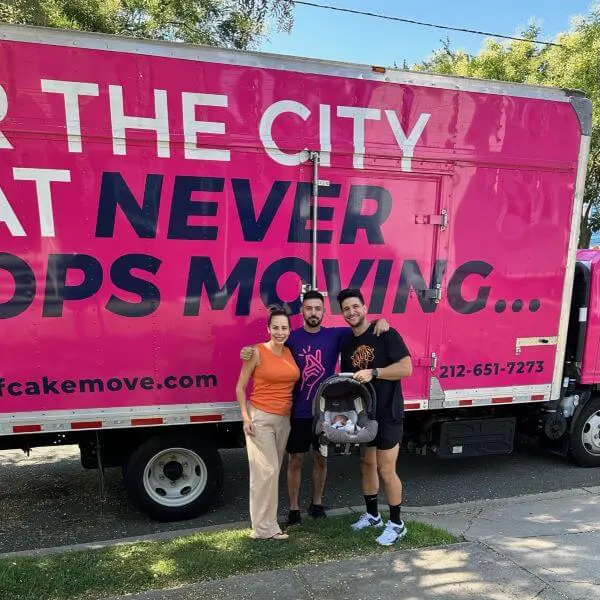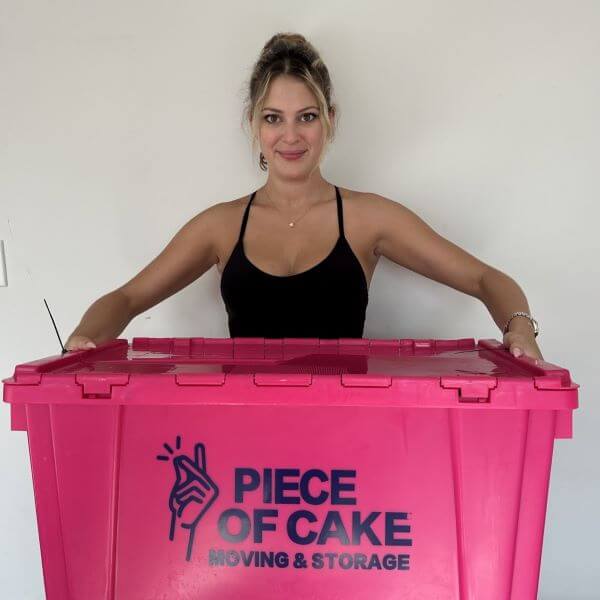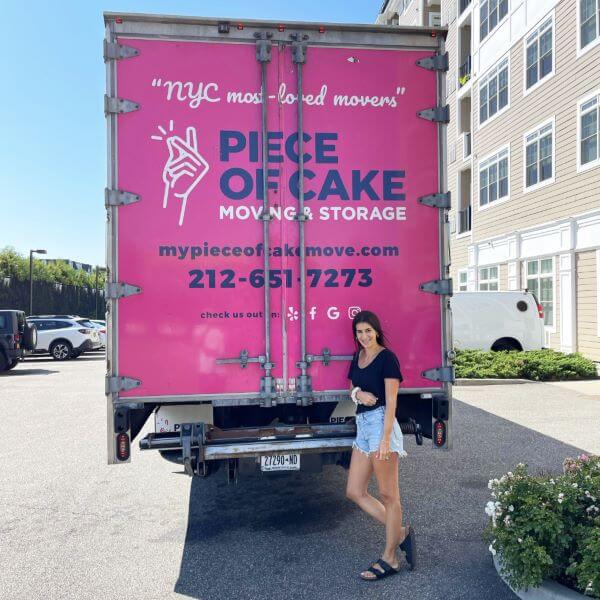Moving Soon? 6 Alternatives to Lugging Your Stuff to a Storage unit
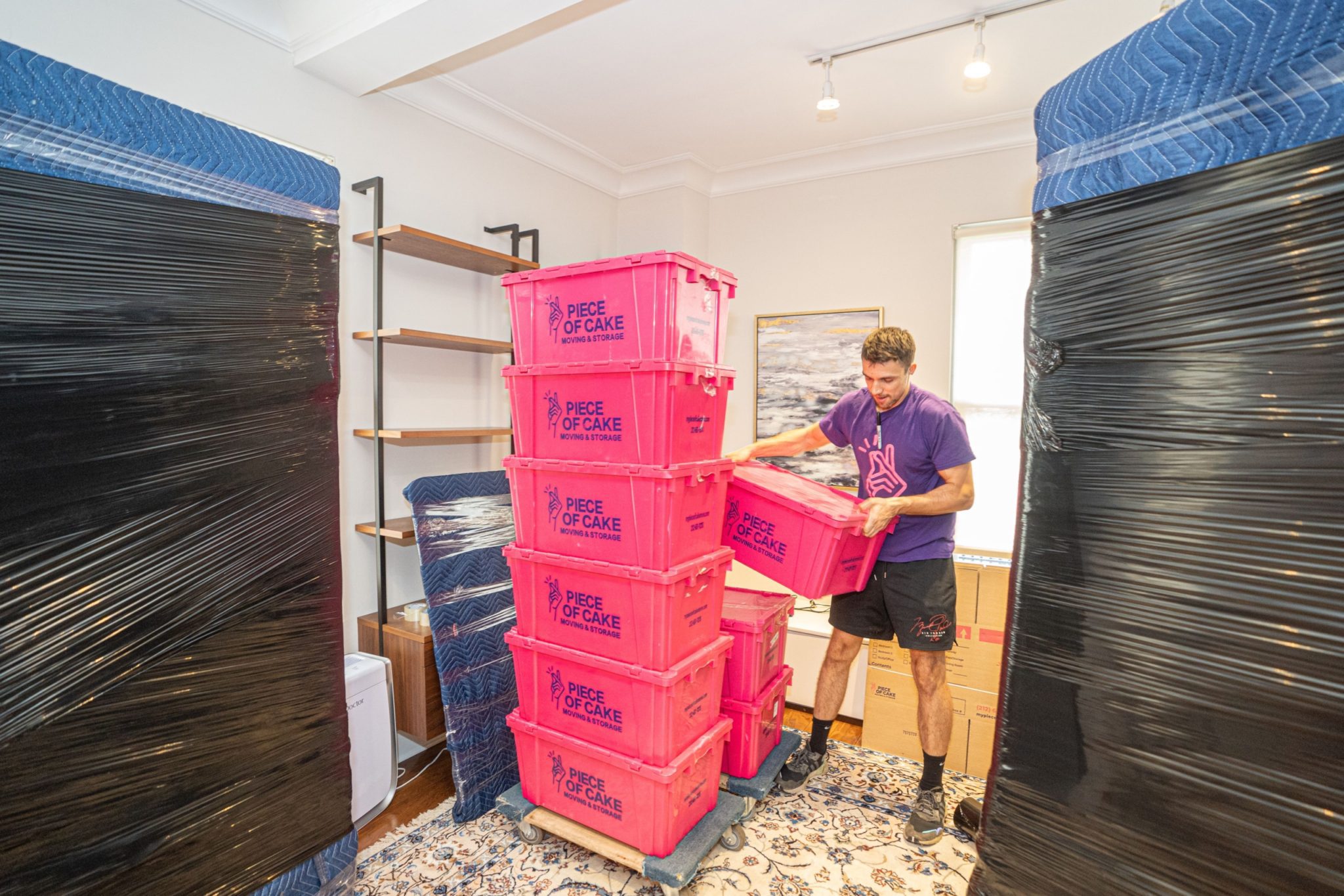
Reigning in the costs and efforts involved with relocation is key, as your final expenses can really add up if you aren’t careful. If you’re moving yourself, you’ll need to secure boxes and packing material, rent a truck, and employ some help to load and unload. You may be able to curtail some of the cost by working with a reputable mover who will give you a solid, flat fee for your move for your move that you can count on. However, the last thing you want to tack on to your final bill is a storage unit, unless it’s unavoidable.
The good news is that there are some actions you can take before and after your move to avoid having to bring your belongings to storage. If you’re on a limited budget for your upcoming move or simply want to avoid having to make additional arrangements for your stuff, keep reading for some solutions to nix the need to rent a storage unit.
Before your move
This is the time to get serious about decluttering. There’s simply no use in bringing stuff you aren’t using or don’t intend to use to your new place. Still hanging onto your childhood report cards? Keep finding greeting cards from distant relatives from years ago? Got some broken pottery that you haven’t gotten around to fixing? What about that sweater your child has grown out of from last year? Only you know the answer about what to do with these kinds of items. If they aren’t in use or you don’t expect to use them in the near future, you may want to consider:
- Selling them. Maybe your items are no longer for you, but they are still valuable or in-demand. If that’s the case, and you have time, go ahead and start selling them! There are a few ways to go about this effort. You could hold an old-fashioned yard sale. Let your neighbors know you’re on the way out and to come and get deals while they can! If you have items for a particular market, or have time to do some research, get familiar with what the going rate is for your items online. You could check out websites such as OfferUp, Ebay, Facebook Marketplace, or Mercari to sell all types of wares and goods that are in good condition. Take some photos, add your price, and keep an eye out for inquiries and sales!
- Donating them. If you aren’t interested in making sales or you’re not sure that what you no longer want has enough value to sell, donating the belongings you no longer need or want may be a great option. Ideally, the items you have are in good condition and in season. Find where your local thrift stores or shelters may be able to accept your donations. It’s also possible that your donation may be tax deductible.
- Throwing them away or recycling: If the items you no longer want are not in good repair or there’s no life left in them for others to enjoy, it may be time to think about getting rid of them. Check your local department of sanitation to understand what can be thrown away with your trash pick up (e.g., larger items like mattresses and furniture may only be able to be picked up on certain days; electronics can’t be thrown in the trash) or can be recycled.
After the move
Find or create innovative storage solutions in your new place. If your new space has plenty of storage, this may be a non-issue. However, if you have about the same amount of storage or less than where you were moving from, it’s time to consider how you can maximize your storage options.
- Hang it up. Another way to get things off the floor to create usable space and put things in a place is to suspend them in your home. For example: If you have bikes that you use seasonally, but don’t need to access in the colder months, install hooks to suspend them in your garage or get a bike stand that will get them off the ground. You could install slat board or pegboard panels in places like an office or garage to keep things like tools and supplies in sight, but off the ground or out of a box that will take up more space.
- Get it off of the floor. Not only does having piles or boxes on the floor make less of your home unusable, it can be unsightly. One way to maximize storage space in your place is to use shelves. Make use of the shelves you brought with you, and start thinking creatively about where you can install some additional ones. If you’re handy and you’ve got the tools, make some of your own! Or, you can use some of the same options you previously did with selling your stuff to find some inexpensive shelving.
- Consider creative storage options. If you need more storage than your space allows, think about what pieces you could add that might help. Think ottomans or sofas that open up for storage or a spice rack on wheels that wedges between cabinets in your kitchen. If your budget and space allows, you could also install custom cabinets and bookshelves that go with your decor. This option can meet your needs based on what you have rather than making a storage solution work for you.
If you need to, there are a number of ways to work around the need for getting a storage unit when you move. However, if you find that your home just isn’t a place that can be comfortable without another space to put your stuff, you’ll want to work with a trustworthy and experienced storage company to safeguard your goods. Piece of Cake Moving and Storage can provide storage options to safekeep your belongings at an affordable price. We only charge you for the total volume of the items you want to store, rather than the square footage of the storage space. We’ll pick up your items to store them, so you don’t have to. And, when the time comes for getting your stuff back, delivery to you anywhere you are in the country can be arranged over the phone. Who knew storing your stuff could be so easy? Calling on us to help you store your stuff is the right call.
Ready to make a move? Get in touch today for an obligation-free guaranteed flat price moving quote.
Related articles
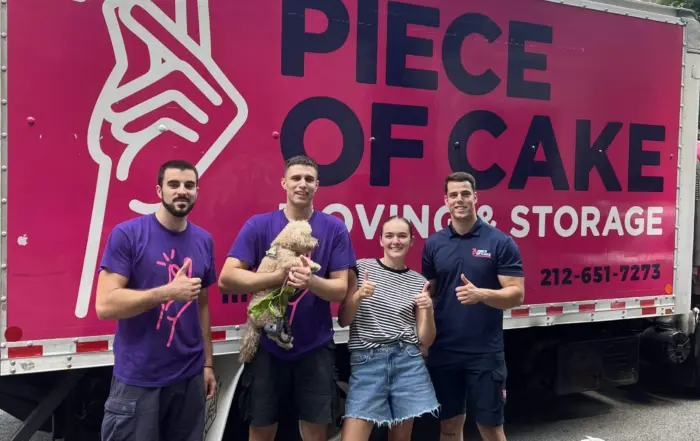
Average Moving Cost in Connecticut: Factors that Affect Moving Prices
Learn More

9 Tips for Moving to a Building with no Elevator
Learn More
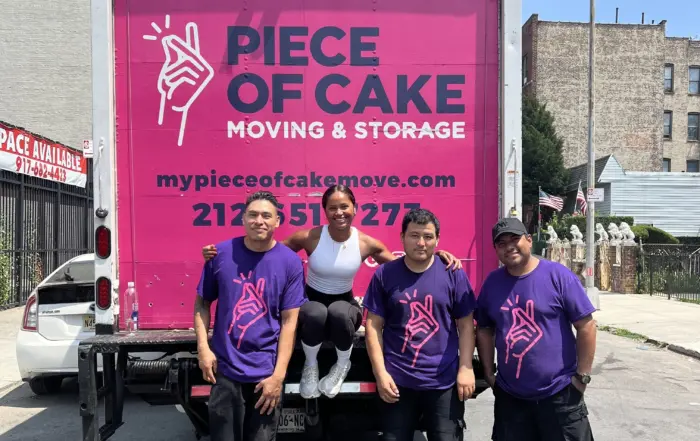
How to Get Rid of a Couch in 8 Easy Ways
Learn More
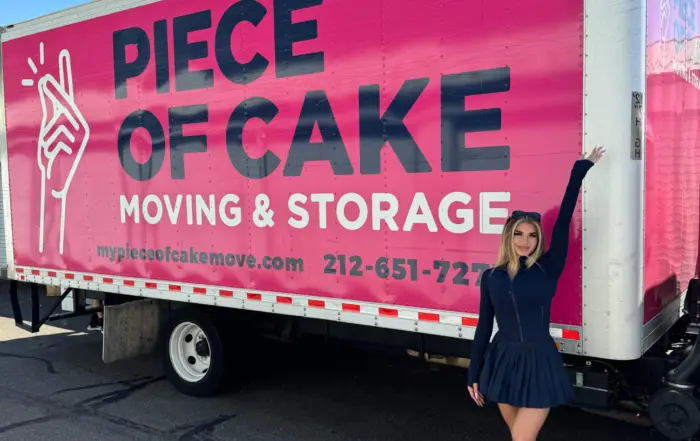
Average Moving Costs in NJ: Factors that Affect Moving Prices
Learn More
